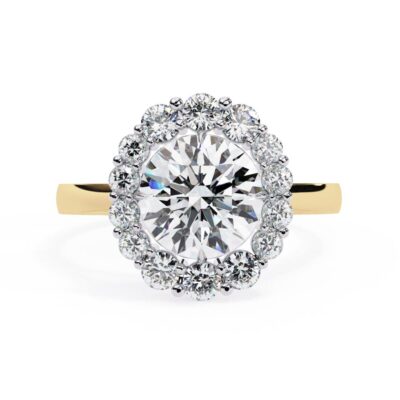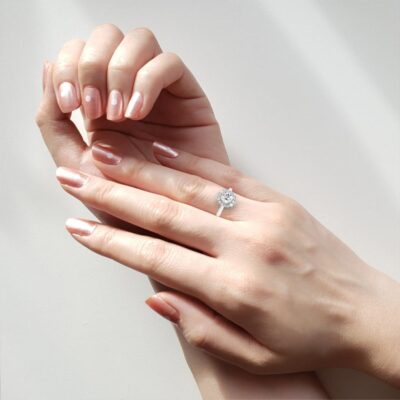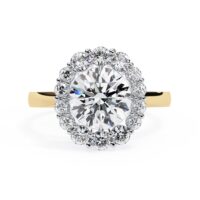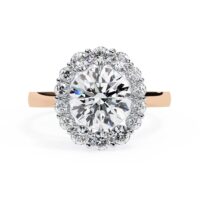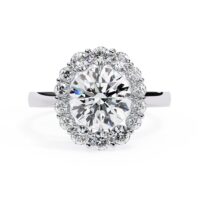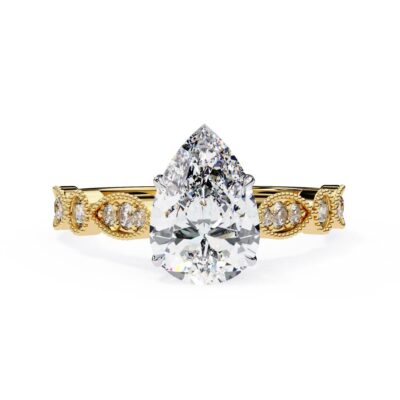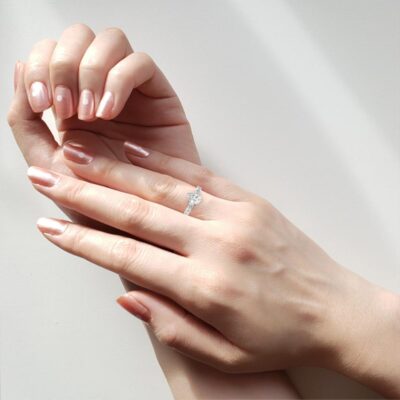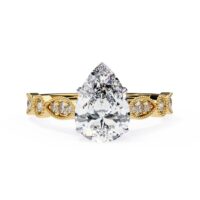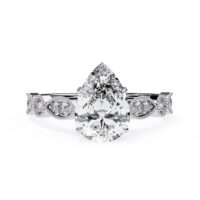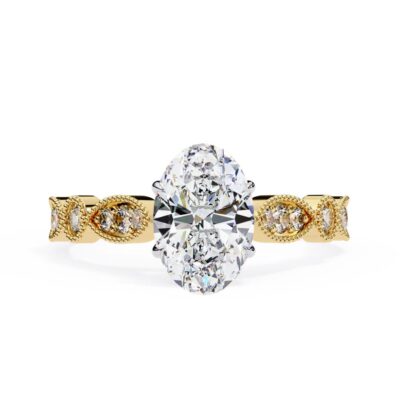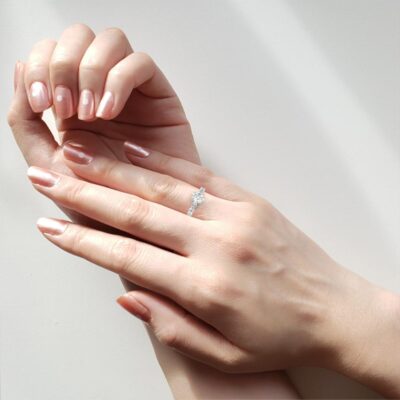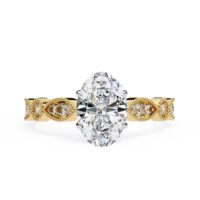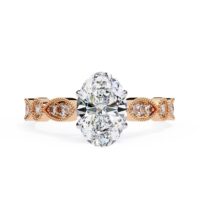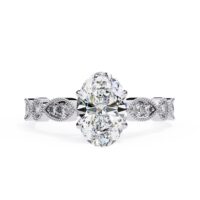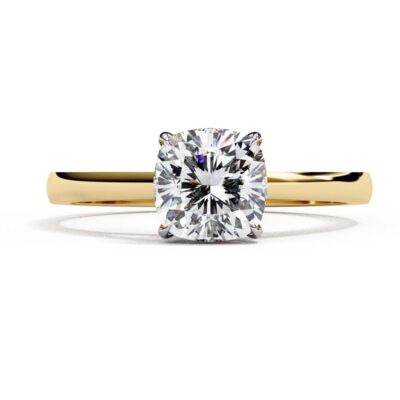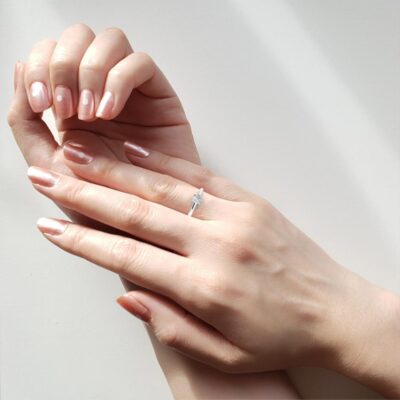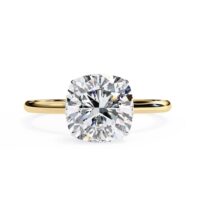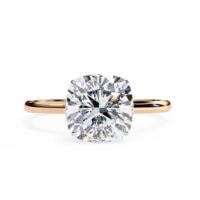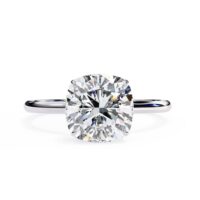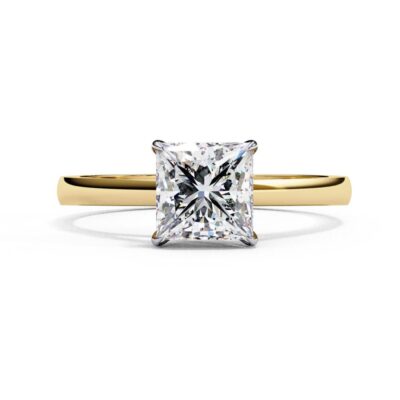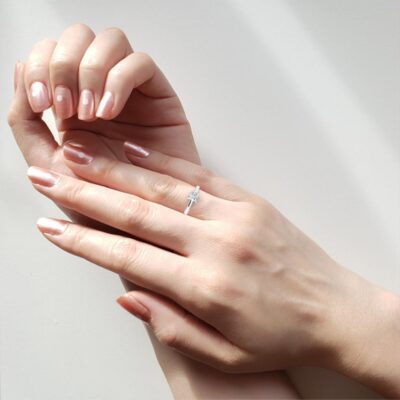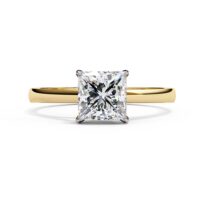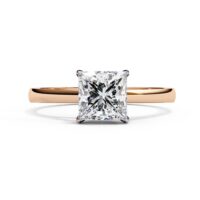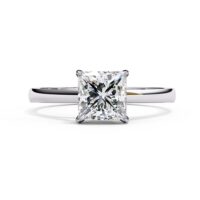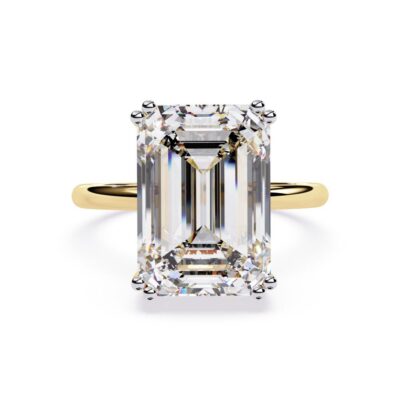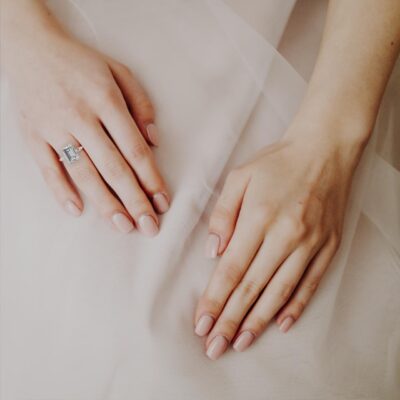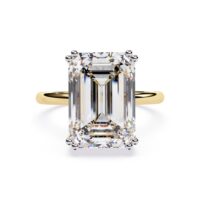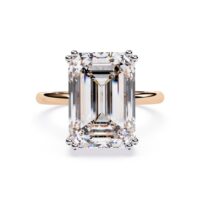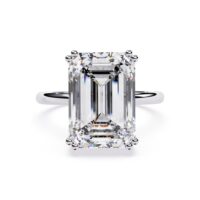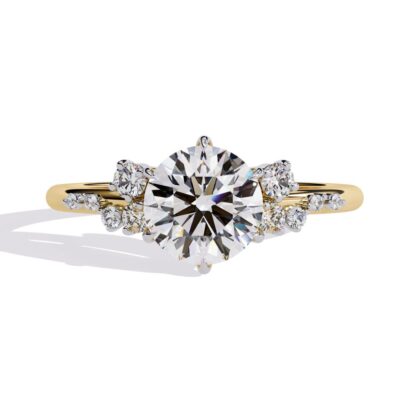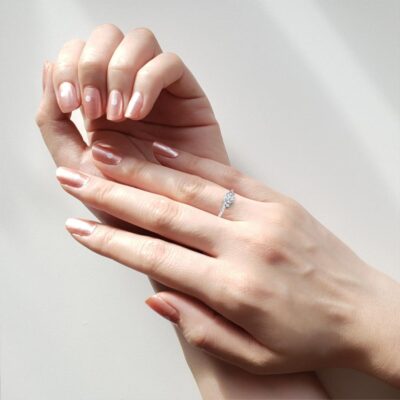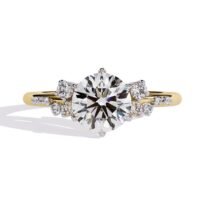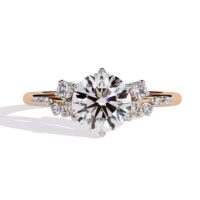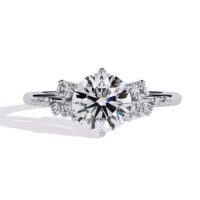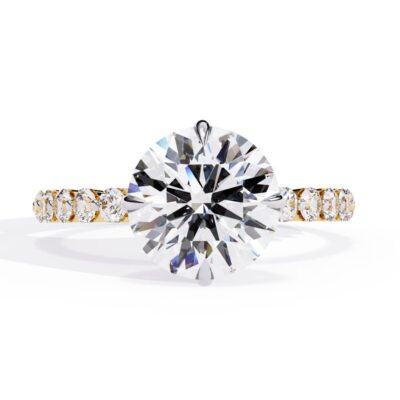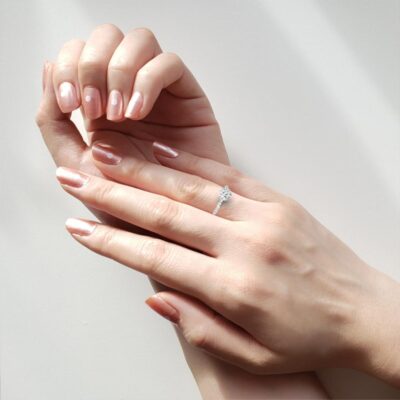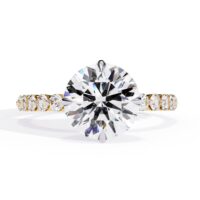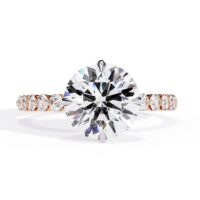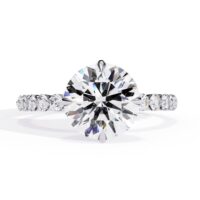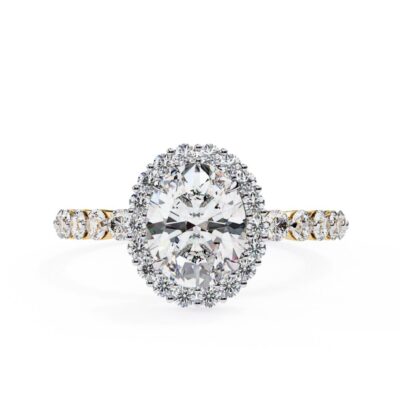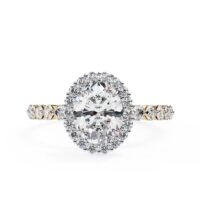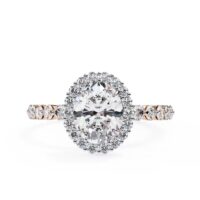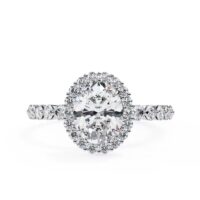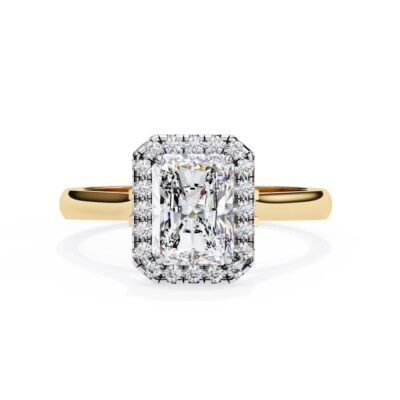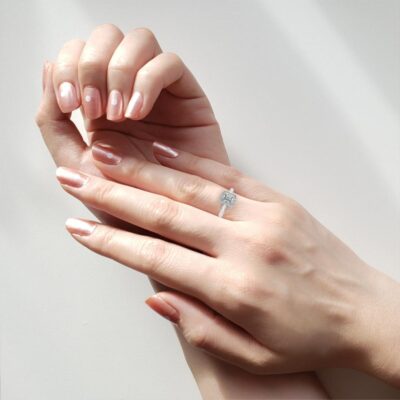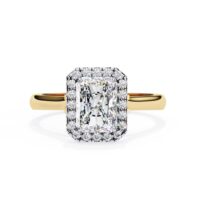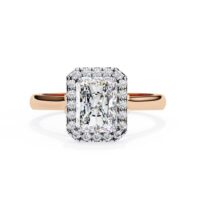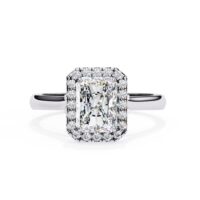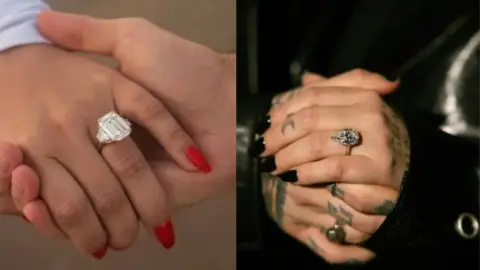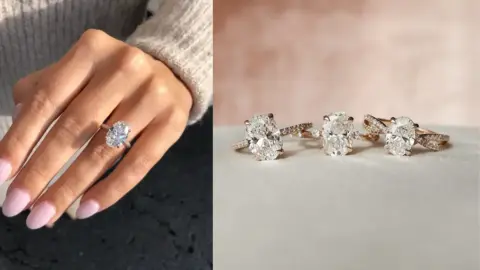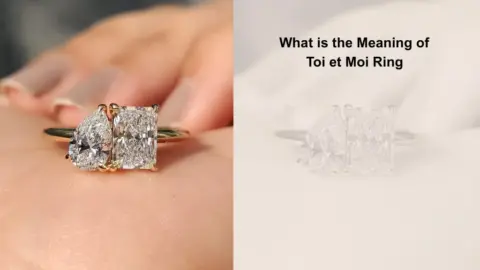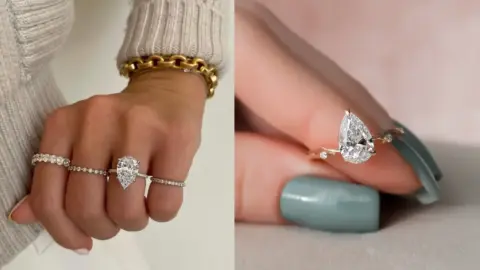Choosing the perfect engagement ring is more than selecting a diamond; the ring setting plays a crucial role in defining its overall look, security, and symbolism. Among the most popular and timeless options are the cathedral setting and the prong setting. While both styles enhance the beauty of the center stone, they do so in distinct ways. Let’s explore their differences to help you decide which one best fits your taste and lifestyle.
What Is a Cathedral Setting?
A cathedral setting gets its name from its architectural resemblance to the arches of a cathedral. In this design, the center stone is mounted between two graceful arches of metal that rise from the shank (the band of the ring) to support the diamond.
Key Features:
- Elevated and elegant appearance
- Added structural support to the stone
- More traditional and sophisticated look
- Can accommodate various diamond shapes
The raised arches in the cathedral setting make the diamond appear more prominent. It’s ideal for someone who wants a classic, romantic look with a bit of architectural flair.
What Is a Prong Setting?
The prong setting—also known as a claw setting—is one of the most common and timeless styles. It uses small metal claws (typically 4 or 6) to hold the diamond securely in place, lifting it above the band.
Key Features:
- Maximum light exposure for the diamond
- Versatile and works with all stone shapes
- Minimal metal presence
- Sleek, modern appearance
Because the diamond is exposed from nearly all angles, prong settings allow light to hit the stone directly, enhancing its brilliance. This makes it a popular choice for those who want maximum sparkle.
Cathedral vs Prong Setting: A Side-by-Side Comparison
| Feature | Cathedral Setting | Prong Setting |
| Aesthetic Style | Traditional, romantic, elegant | Modern, minimalist, timeless |
| Stone Visibility | Moderately visible | Highly visible |
| Security | Very secure | Secure but more exposed |
| Cleaning & Maintenance | Slightly harder to clean | Easier to clean |
| Metal Presence | More metal detailing | Minimal metal |
| Stone Elevation | Elevated with arches | Elevated with prongs |
Pros of the Cathedral Setting
- Adds a regal, architectural elegance to the ring
- Provides additional structural support to the diamond
- Ideal for people who prefer a traditional or vintage style
- Enhances the height and visibility of the center stone
Cons of the Cathedral Setting
- May snag on clothing due to its height
- Harder to clean because of the intricate design
- Slightly heavier feel on the finger
Pros of the Prong Setting
- Offers a brilliant, well-lit diamond display
- Lightweight and comfortable to wear
- Easy to maintain and clean
- Adaptable to almost any design or diamond cut
Cons of the Prong Setting
- Slightly less protective than cathedral designs
- Prongs may wear down over time if not maintained
- Less structural metal, so more exposure to potential damage
Which Setting Is Better for You?
Choosing between a cathedral setting vs a prong setting depends on your personal style, lifestyle, and preferences.
- If you love elegance with architectural beauty and a sense of tradition, the cathedral setting may be the right choice for you.
- If you prefer modern simplicity with maximum sparkle and minimal metal interference, then the prong setting might suit you best.
Both styles are stunning and timeless, often chosen for solitaire engagement rings and other popular designs at KRK Jewels.
Conclusion
At KRK Jewels, we understand that the right setting is just as important as the diamond itself. Whether you’re drawn to the elevated arches of a cathedral setting or the timeless sparkle of a prong setting, each design holds its charm and meaning.
Let your ring tell your story—crafted with intention, designed to last a lifetime.



